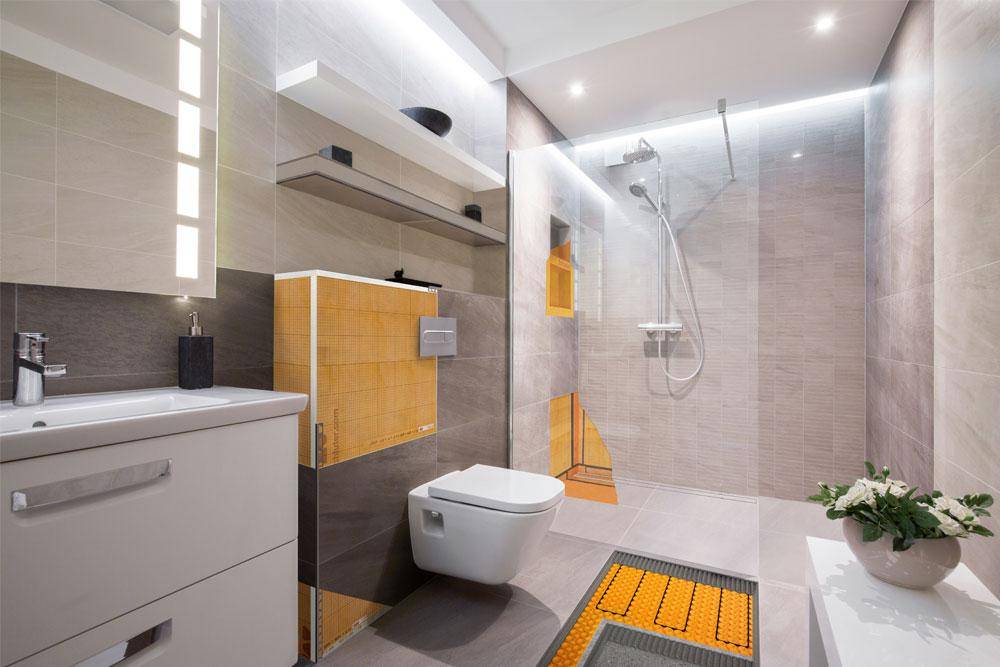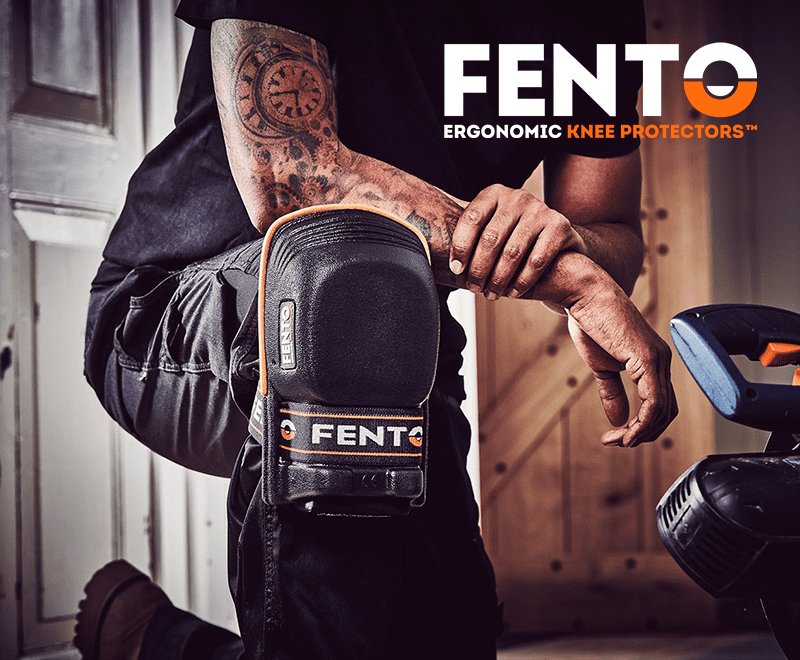When talking about sustainability within the construction industry, Schlüter-Systems says, much focus is given to how green the credentials of a specific product are, including what it is made of, where it came from and whether it can be recycled. While this is undoubtedly important, the company believes it’s crucial to look at the bigger picture and to consider the lifecycle of a product and what it contributes to the building project.
“Our products, and many others within the industry, are designed to increase the longevity of tile and natural stone installations,” the company says. The primary purpose of products such as tile trims, movement joints, uncoupling and waterproofing membranes is to ensure installations last for many years. Without using these products, the risk of cracked or chipped tiles, water ingress or worse consequences increases. If any of these outcomes occur, the installation may need ripping out and replacing. Obviously, the company says, this is not sustainable, as new products will need to be sourced and installed and the life cycle of the original products installed is cut short.
As well as using products designed to prevent problems occurring, consideration also needs to be given to how different products work together. Choosing compatible products or systems designed specifically to be used together also helps to ensure the installation will stand the test of time. If products are incompatible, Schlüter says, there’s a higher risk of failure with remedial work needed to be carried out further down the road.
“With our system approach, our products are designed specifically to be used together, such as the pairing of low height drains and sloped shower trays, waterproofing membranes and their corresponding sealing products or our multitude of accessories,” the company continues. By using compatible products that are fundamentally designed to be durable and prevent problems occurring, a more sustainable tile specification can be carried out.
www.schluter.com









